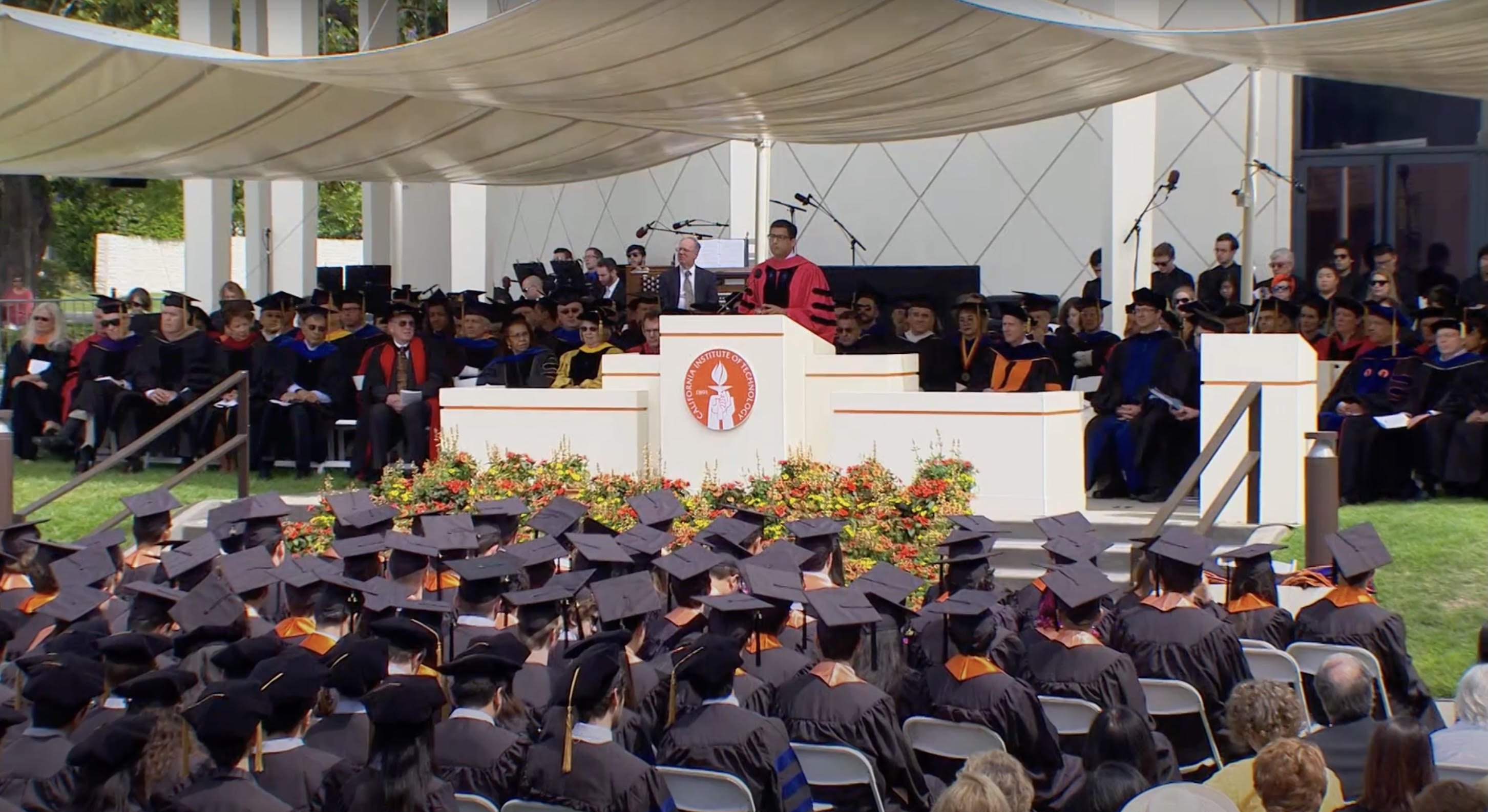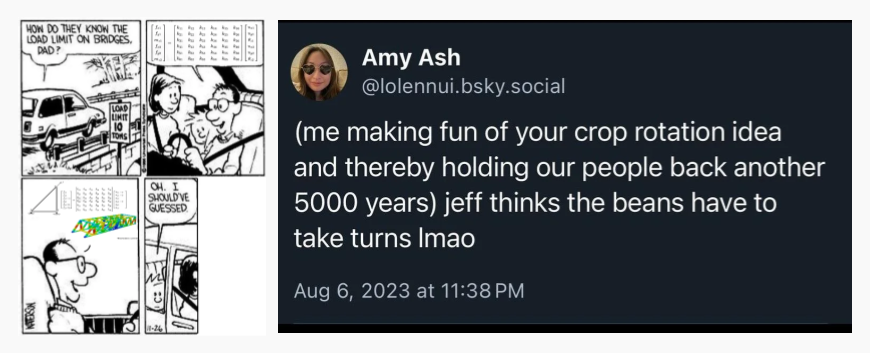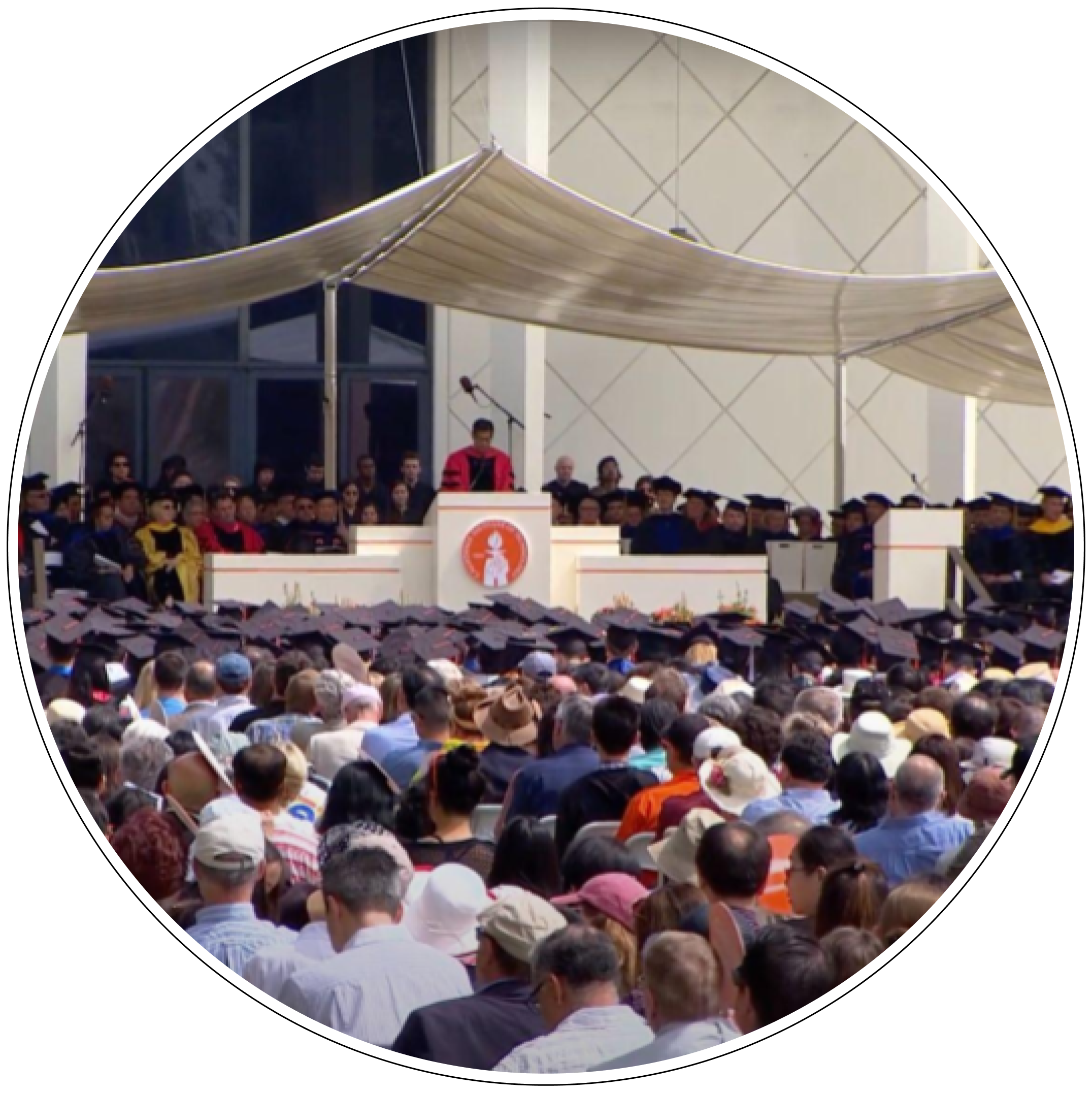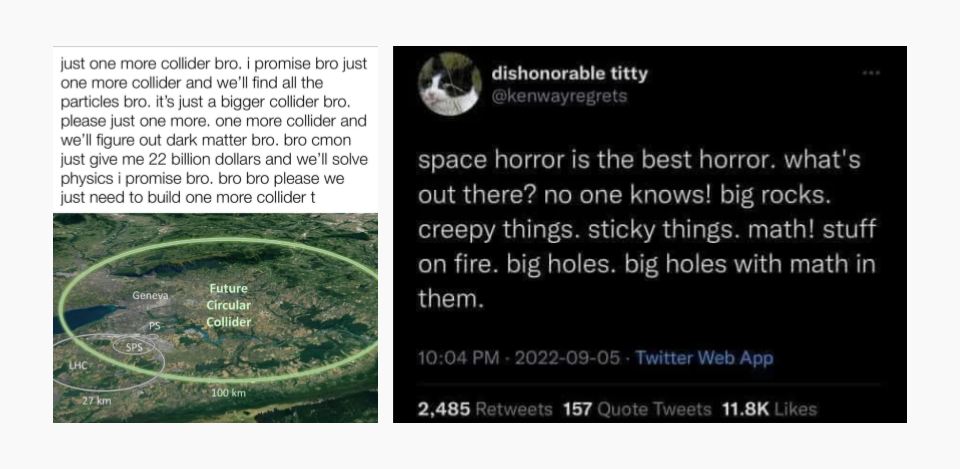I love teaching science writing courses because I like to think of myself as a well-practiced audience member. I stop to read every interpretive sign when I visit a new public park; I badger my civil engineer brother about the distinction between hydrology and hydraulics; and I learn something new every week when I volunteer at a local wildlife hospital. Even in my research in the interdisciplinary field of memory studies, I read research from cognitive science with an eye toward the distinctions between their ways of knowing and my own. In short, my relationship with science has been marked in equal measure by enthusiasm for topics that scientists also study, and by attention to differences in how we approach them.
When I began teaching Science Writing for the Public at UC Santa Barbara, multiple mentors framed this outsider position as an advantage, particularly when teaching classes that help STEM students write for audiences beyond their own majors. If we as writing studies faculty aren't experts on a particular area of science or its latest findings, then our questions can prompt student authors to articulate their message and tacit knowledge in multiple ways until we understand, care, and/or feel prepared to get involved. Through this line of questioning, we can help students who are immersed in a particular field of study to remember what it looks like from the outside.
While I believed that my lack of knowledge and abundance of enthusiasm made me a good audience member, I realized that my students anticipated a markedly different readership. While students in January 2020 tended to focus on audiences who are apathetic toward or intimidated by science, my next cohort in April 2020 tended to focus on audiences who mistrust science. The trend continued each year after that. This focus is hardly surprising in an era marked by the "politicization" of scientific findings. If the consequences of skepticism about climate change and vaccine safety are clear, so are the challenges of addressing skeptical audiences. Writers might ask these audiences to make personal changes to their behavior or priorities, support change to systems that might seem neutral or even beneficial, and reconcile competing investments or ideologies. In scenarios like these, the science writer's task can seem particularly daunting.



